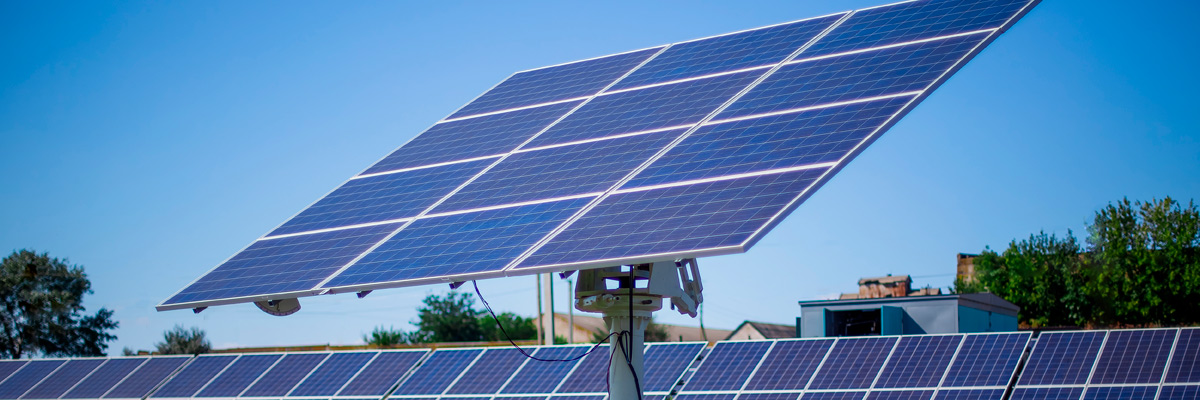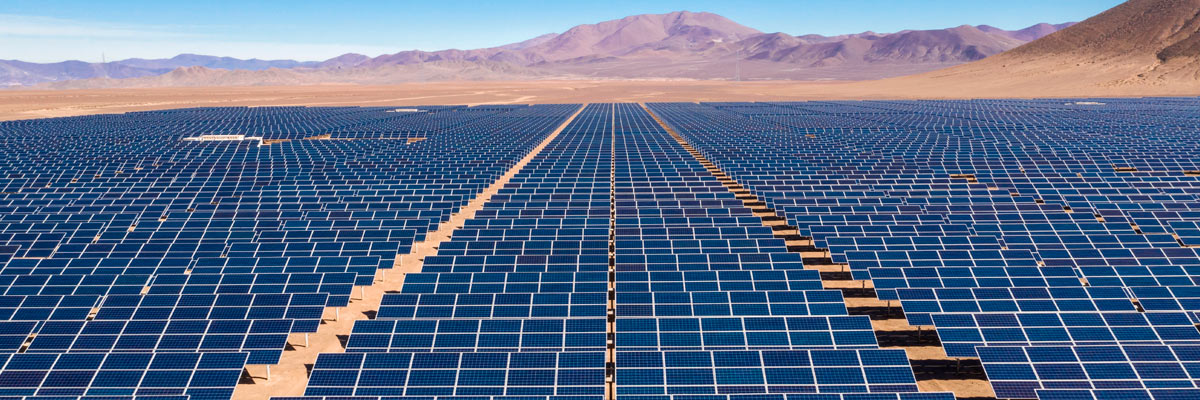Efficiency
Efficiency
The installation of solar trackers can improve the performance of photovoltaic panels by up to 40%. Single-axis systems increase efficiency between 25% and 30%, while dual-axis trackers add between 5% and 10% more, which translates into greater solar energy generation.
Profitable
Profitable
The installation of a solar tracker is a safe and profitable investment. These systems can pay off in a period of between 5 and 10 years, so, for the next 20 years or more, it can bring significant profits.
Location
Location
Solar trackers are perfect for locations with high latitude, where the sun's position varies a lot during the year. Thanks to their mobility, they adapt very well to the different seasons, maximizing solar energy production in any geographic location.
Make most of sunlight
Make most of sunlight
The high capacity of solar tracking allows devices to make the most of the additional hours of sunlight, which increases energy production in the mornings and evenings, optimizing the performance even more.
Duration
Duration
With appropriate maintenance, solar trackers can prolong the useful life of solar panels, as mechanical stress and thermal stress are reduced.


.jpg.transform/rp-rendition-md/image.jpg)
